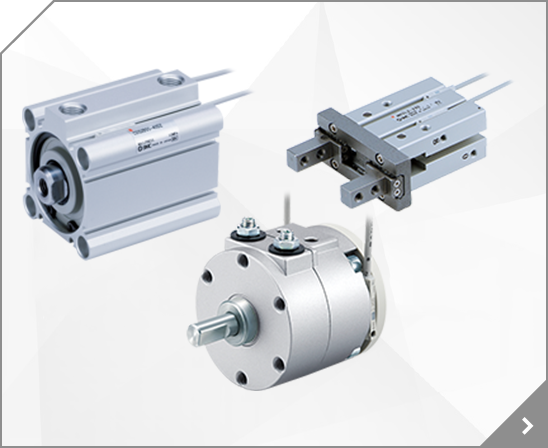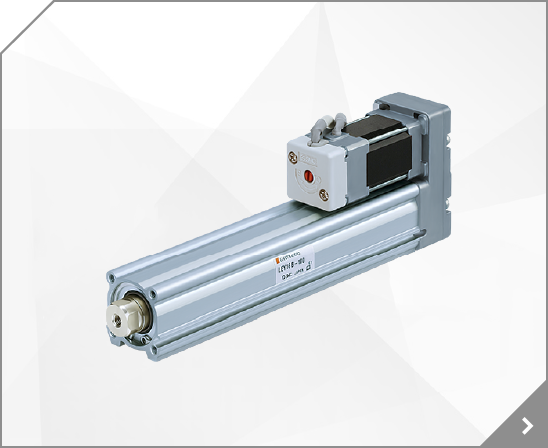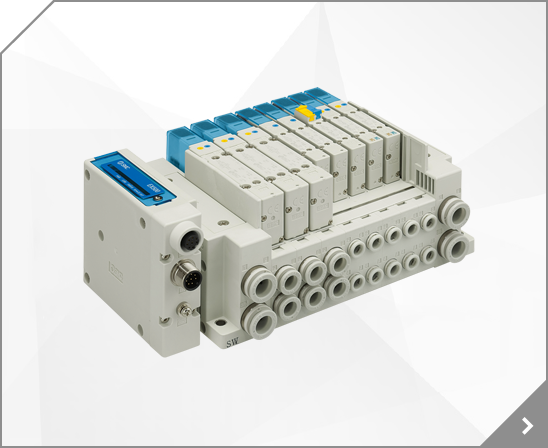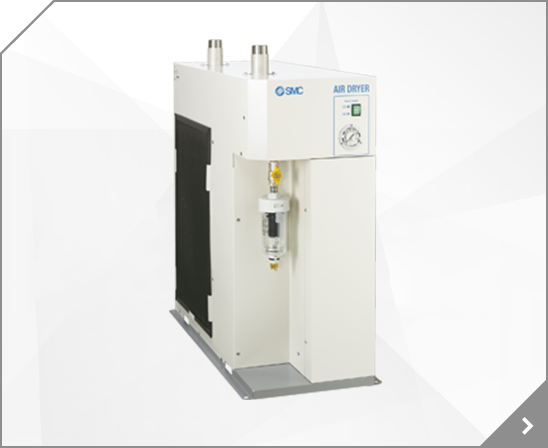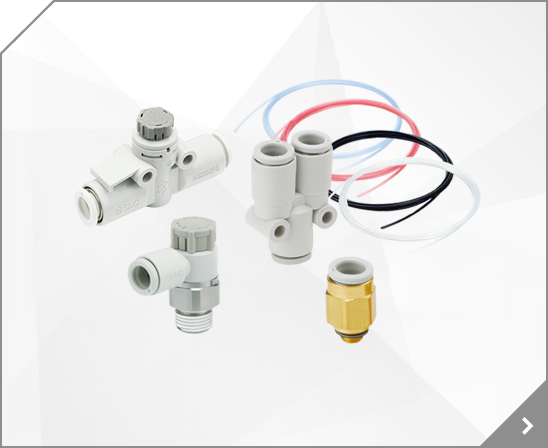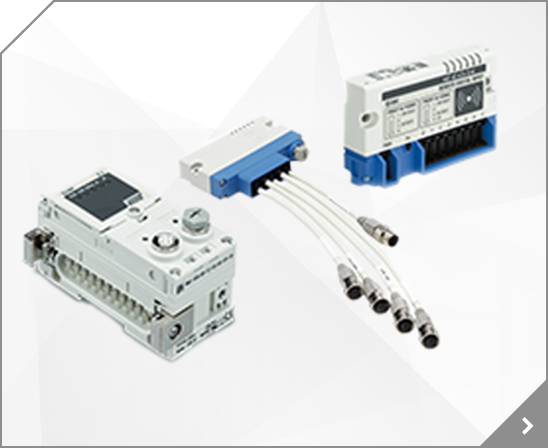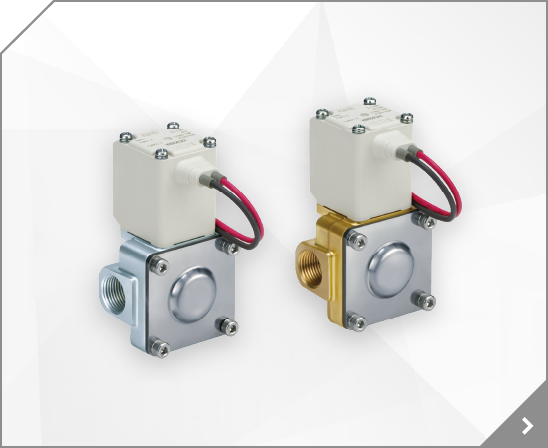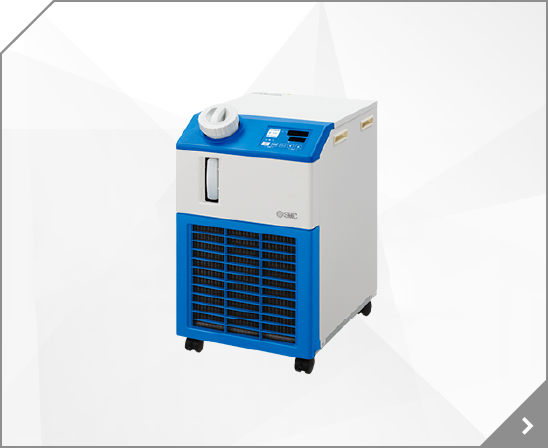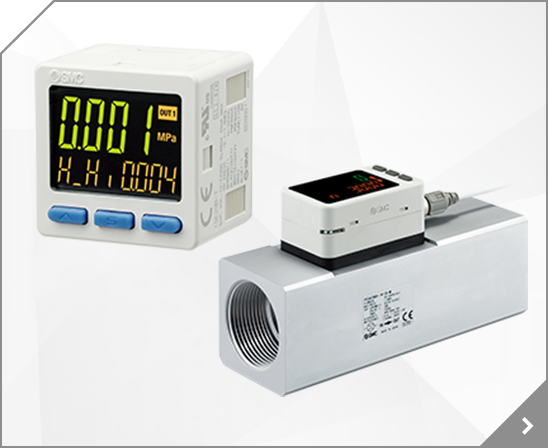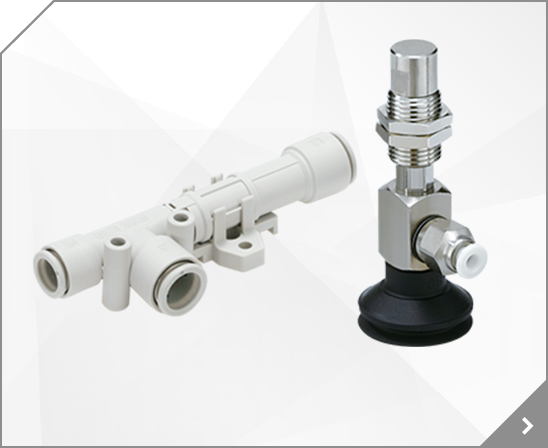
Using the normal mode allows a further detailed setup.??A few of the?main functions of the LECP6 controller are actuator control, specified force operation, separated power supply, and returning the actuator to the home position by sending a single signal to a dedicated terminal. The LECP6 controls NPN or PNP step motors.Motor controller: Step motor (servo/24 VDC), Servo motor (24 VDC)?
Using the normal mode allows a further detailed setup.??A few of the?main functions of the LECP6 controller are actuator control, specified force operation, separated power supply, and returning the actuator to the home position by sending a single signal to a dedicated terminal. The LECP6 controls NPN or PNP step motors.Motor controller: Step motor (servo/24 VDC), Servo motor (24 VDC)?
Using the normal mode allows a further detailed setup.??A few of the?main functions of the LECP6 controller are actuator control, specified force operation, separated power supply, and returning the actuator to the home position by sending a single signal to a dedicated terminal. The LECP6 controls NPN or PNP step motors.Motor controller: Step motor (servo/24 VDC), Servo motor (24 VDC)?
Using the normal mode allows a further detailed setup.??A few of the?main functions of the LECP6 controller are actuator control, specified force operation, separated power supply, and returning the actuator to the home position by sending a single signal to a dedicated terminal. The LECP6 controls NPN or PNP step motors.Motor controller: Step motor (servo/24 VDC), Servo motor (24 VDC)?
Using the normal mode allows a further detailed setup.??A few of the?main functions of the LECP6 controller are actuator control, specified force operation, separated power supply, and returning the actuator to the home position by sending a single signal to a dedicated terminal. The LECP6 controls NPN or PNP step motors.Motor controller: Step motor (servo/24 VDC), Servo motor (24 VDC)?
Using the normal mode allows a further detailed setup.??A few of the?main functions of the LECP6 controller are actuator control, specified force operation, separated power supply, and returning the actuator to the home position by sending a single signal to a dedicated terminal. The LECP6 controls NPN or PNP step motors.Motor controller: Step motor (servo/24 VDC), Servo motor (24 VDC)?
Using the normal mode allows a further detailed setup.??A few of the?main functions of the LECP6 controller are actuator control, specified force operation, separated power supply, and returning the actuator to the home position by sending a single signal to a dedicated terminal. The LECP6 controls NPN or PNP step motors.Motor controller: Step motor (servo/24 VDC), Servo motor (24 VDC)?
Using the normal mode allows a further detailed setup.??A few of the?main functions of the LECP6 controller are actuator control, specified force operation, separated power supply, and returning the actuator to the home position by sending a single signal to a dedicated terminal. The LECP6 controls NPN or PNP step motors.Motor controller: Step motor (servo/24 VDC), Servo motor (24 VDC)?
Using the normal mode allows a further detailed setup.??A few of the?main functions of the LECP6 controller are actuator control, specified force operation, separated power supply, and returning the actuator to the home position by sending a single signal to a dedicated terminal. The LECP6 controls NPN or PNP step motors.Motor controller: Step motor (servo/24 VDC), Servo motor (24 VDC)?
Using the normal mode allows a further detailed setup.??A few of the?main functions of the LECP6 controller are actuator control, specified force operation, separated power supply, and returning the actuator to the home position by sending a single signal to a dedicated terminal. The LECP6 controls NPN or PNP step motors.Motor controller: Step motor (servo/24 VDC), Servo motor (24 VDC)?
Applications that call for precise movement ranging from 10-150mm * typically require a cylinder and a precision guide. The MXS accomplishes this by integrating a cross roller bearing with a guide and two small air cylinders for compact force generation. The MXS is available in six sizes each with set stroke lengths and is standard with auto switch capability.
Using the normal mode allows a further detailed setup.??A few of the?main functions of the LECP6 controller are actuator control, specified force operation, separated power supply, and returning the actuator to the home position by sending a single signal to a dedicated terminal. The LECP6 controls NPN or PNP step motors.Motor controller: Step motor (servo/24 VDC), Servo motor (24 VDC)?
None, Made-to-order specification (cushion valve position): N/A, Made-to-order specification (trunnion bracket mounting location): N/A, Stroke adjustment symbol: B
Two outputs are available, including two switch signals, or a switch and analog signal. Options include a mounting bracket and M8 lead wire. This version does not offer a flow adjustment valve or temperature sensor. PF3W is grease-free, IP65 rated, and C-UL-US, CE and RoHS compliant.
Using the normal mode allows a further detailed setup.??A few of the?main functions of the LECP6 controller are actuator control, specified force operation, separated power supply, and returning the actuator to the home position by sending a single signal to a dedicated terminal. The LECP6 controls NPN or PNP step motors.Motor controller: Step motor (servo/24 VDC), Servo motor (24 VDC)?
Using the normal mode allows a further detailed setup.??A few of the?main functions of the LECP6 controller are actuator control, specified force operation, separated power supply, and returning the actuator to the home position by sending a single signal to a dedicated terminal. The LECP6 controls NPN or PNP step motors.Motor controller: Step motor (servo/24 VDC), Servo motor (24 VDC)?
Using the normal mode allows a further detailed setup.??A few of the?main functions of the LECP6 controller are actuator control, specified force operation, separated power supply, and returning the actuator to the home position by sending a single signal to a dedicated terminal. The LECP6 controls NPN or PNP step motors.Motor controller: Step motor (servo/24 VDC), Servo motor (24 VDC)?
Using the normal mode allows a further detailed setup.??A few of the?main functions of the LECP6 controller are actuator control, specified force operation, separated power supply, and returning the actuator to the home position by sending a single signal to a dedicated terminal. The LECP6 controls NPN or PNP step motors.Motor controller: Step motor (servo/24 VDC), Servo motor (24 VDC)?
Using the normal mode allows a further detailed setup.??A few of the?main functions of the LECP6 controller are actuator control, specified force operation, separated power supply, and returning the actuator to the home position by sending a single signal to a dedicated terminal. The LECP6 controls NPN or PNP step motors.Motor controller: Step motor (servo/24 VDC), Servo motor (24 VDC)?
